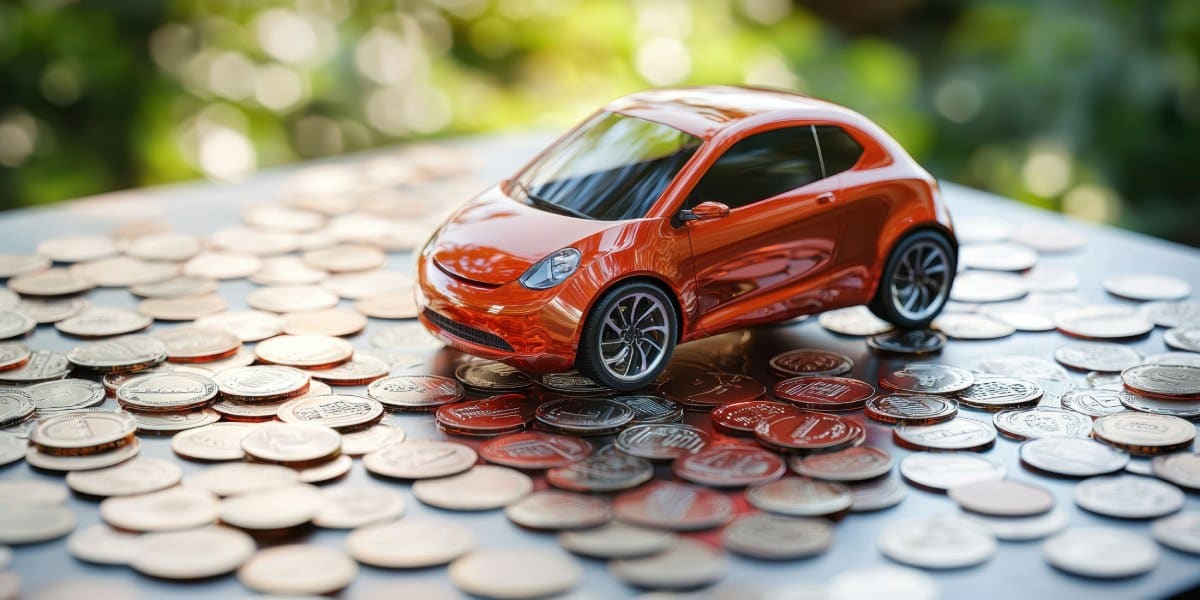If you’re thinking of selling or buying a vehicle, you’re likely to have done the numbers on how car values change over time. You’ve heard the industry fact that a new car loses value the moment it leaves the showroom floor. It’s true, and that first hit of depreciation can be brutal. But here’s the good news: when you opt to buy a second-hand car, you skip that painful first drop in value, making it the smarter and more budget-friendly option.
At Weelee, we’re all about helping you make informed decisions, whether you’re buying a car, selling your car, or both. So let’s break down the real deal about vehicle depreciation and why choosing to buy pre-owned is a smart move.
New car vs. second-hand | The hidden cost of driving off the lot
The moment you drive a brand-new car off the showroom floor, it loses value, literally by thousands of rands. Even if you regret your decision the next day, that vehicle is now only worth its wholesale price. This early depreciation makes buying a second-hand car a financially savvy choice. You’ve let someone else take the depreciation hit, while you enjoy the same model at a far lower price.
When you buy a second-hand car through a trusted platform like Weelee, you’re not just getting a better price, you’re making a smart, value-based investment.
What drives vehicle depreciation?
Whichever side of the negotiations you’re on – selling your car or buying a car – it helps to understand what affects a car’s value over time:
1. Economic conditions
High inflation, rising interest rates, and fluctuating fuel prices all contribute to faster depreciation. During economic downturns, car values tend to drop more rapidly.
2. Vehicle-specific factors
Brand reputation, safety ratings, performance, and reliability all influence how well a car holds its value. Some makes and models are just better at standing the test of time.
3. Market supply and demand
If a specific model is in demand, its depreciation rate slows. Popular, fuel-efficient, and reliable models tend to retain more value.
4. Residual value
This is what a vehicle is expected to be worth at the end of a lease or loan period. The higher the residual value, the slower the depreciation. It’s calculated using trends, historical data, and market forecasts.
Selling a car | How depreciation impacts your bottom line
Depreciation isn’t a straight line; it typically follows a depreciation curve. In the first few years, it’s steepest, and then it slows down. That means buying a second-hand car, especially one that’s a few years old, offers better value and a slower rate of depreciation. That’s smart budgeting. But when selling a car, the conversation is slightly more nuanced.



